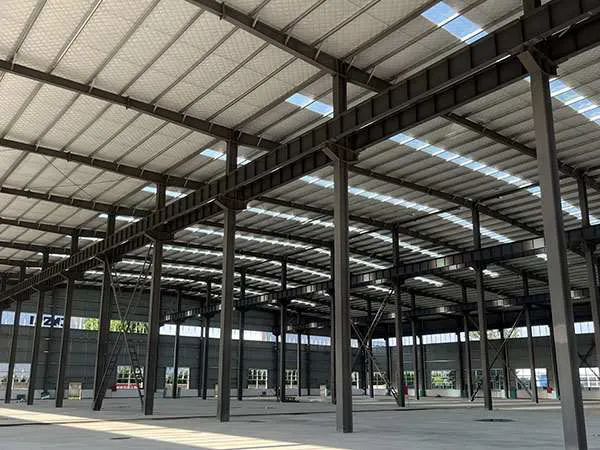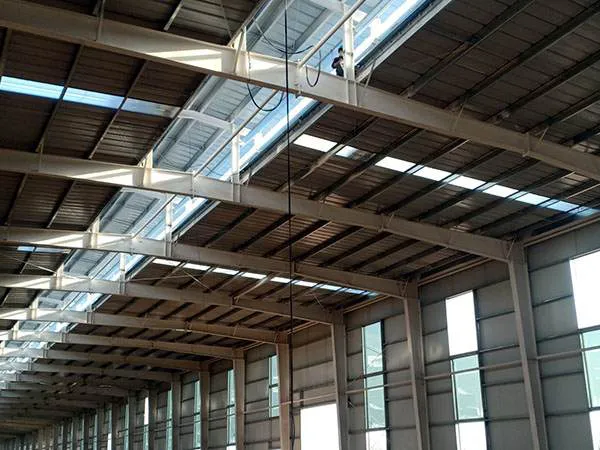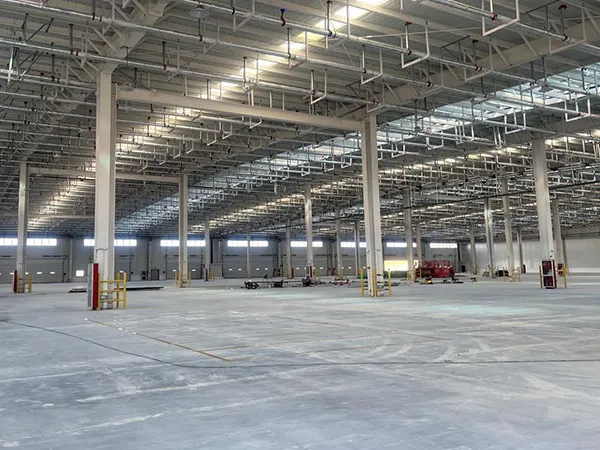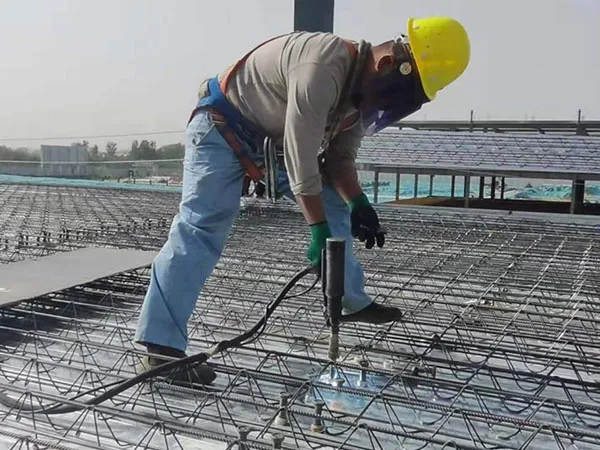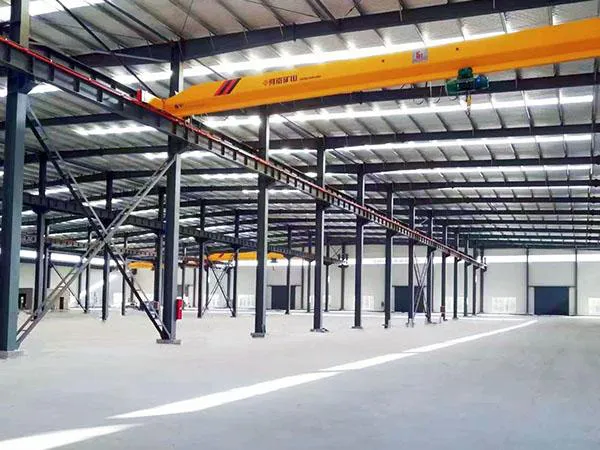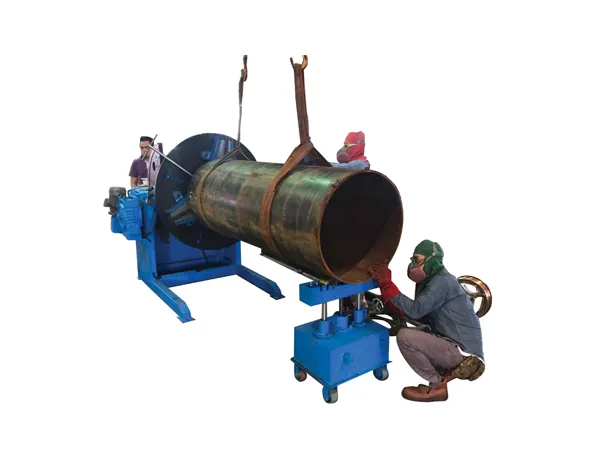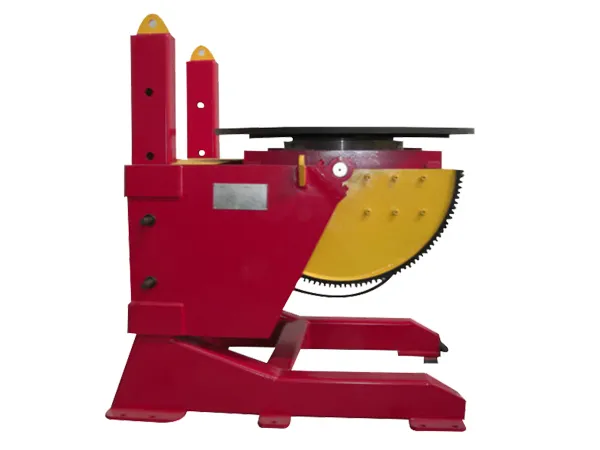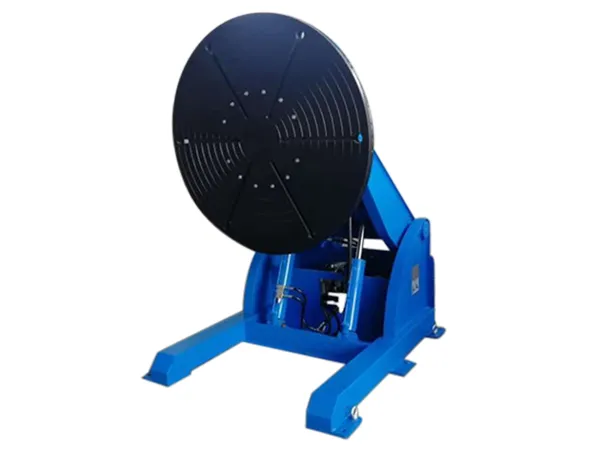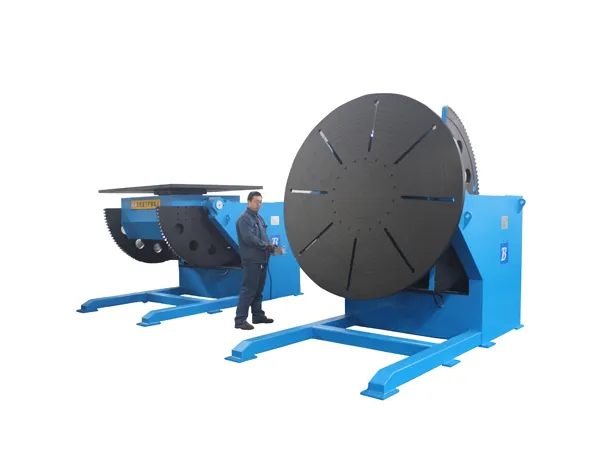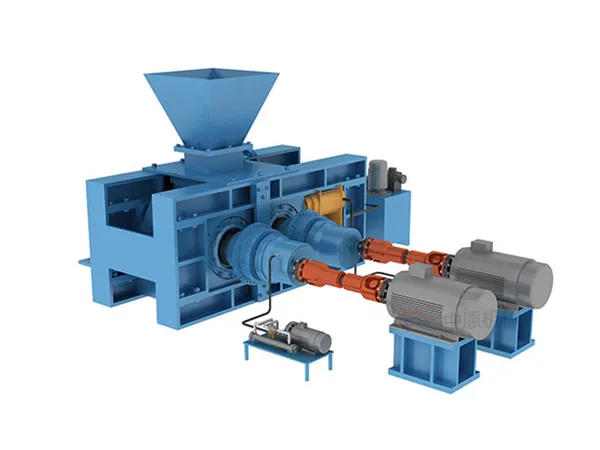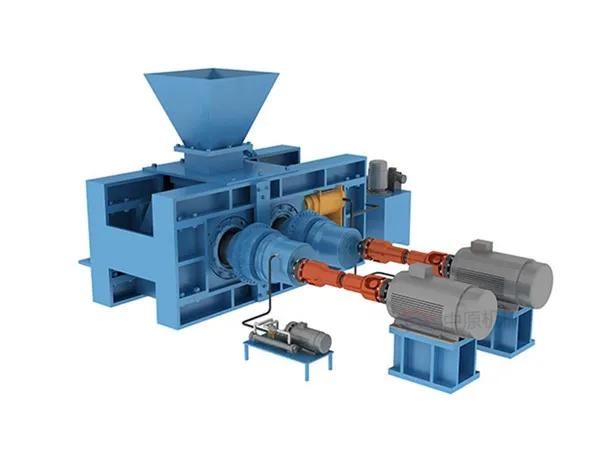Estructuras de acero are widely recognized for their high strength, durabilidad, y versatilidad, convirtiéndolos en el material elegido para plantas industriales, edificios comerciales, puentes, y proyectos de infraestructura. Sin embargo, construir una estructura de acero no es nada sencillo. Incluso errores menores durante el diseño, construcción, o el mantenimiento pueden generar riesgos para la seguridad, retrasos en el proyecto, y pérdidas financieras sustanciales. Comprender los errores más comunes y aprender a prevenirlos es esencial para los contratistas., ingenieros, y directores de proyectos por igual.
Errores comunes en la construcción de estructuras de acero y cómo evitarlos
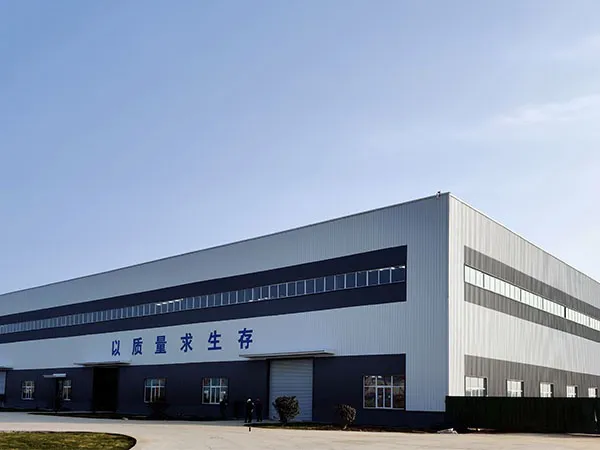
1. Errores de diseño: Sentar una base débil
La etapa de diseño constituye la columna vertebral de cualquier proyecto de estructura de acero.. Las malas decisiones de diseño pueden crear problemas que son costosos o imposibles de corregir más adelante.. Los errores de diseño comunes incluyen:
Cálculos de carga inexactos: Calcular mal las cargas vivas, cargas muertas, o cargas ambientales (viento, nieve, actividad sísmica) puede provocar fallas estructurales.
Selección inadecuada del grado de acero: El uso de tipos de acero inadecuados o de baja calidad puede comprometer la resistencia a la corrosión y la capacidad de carga..
Ignorar las condiciones ambientales y del sitio: Factores como la humedad., proximidad al agua de mar, o los contaminantes industriales pueden acelerar la corrosión si no se abordan en el diseño..
Pasar por alto las necesidades de expansión futuras: Los edificios pueden requerir modificaciones futuras, que son más fáciles de acomodar si se planifican durante el diseño.
Cómo evitar errores de diseño:
Realice análisis estructurales integrales utilizando software avanzado e ingenieros calificados..
Seleccione grados de acero según los requisitos del proyecto y las condiciones ambientales.. Por ejemplo, Es posible que se necesite acero inoxidable o acero resistente a la intemperie en áreas costeras o de alta humedad..
Incorporar factores de seguridad y anticipar posibles modificaciones futuras.
Incluir documentación de diseño detallada, incluyendo rutas de carga, conexiones de vigas, y especificaciones conjuntas.
Ejemplo de caso:
Un almacén comercial fue diseñado originalmente con acero al carbono estándar.. Después de dos años, la corrosión en áreas de alta humedad causó un debilitamiento parcial del haz. El uso de acero inoxidable para los marcos exteriores durante la fase de diseño habría evitado este problema..
2. Problemas de construcción: Convertir el diseño en realidad
Incluso los mejores diseños pueden fallar si las prácticas de construcción no son estándar. Los errores de construcción comunes incluyen:
Desalineación de componentes estructurales: La colocación incorrecta de vigas y columnas afecta la distribución de carga y la estabilidad general..
Soldadura y empernado inadecuados: soldaduras débiles, pernos poco apretados, o técnicas de soldadura inconsistentes reducen la integridad estructural.
Falta de control de calidad: Saltarse inspecciones o ignorar defectos durante el ensamblaje puede resultar en problemas estructurales a largo plazo..
Plazos apresurados y mano de obra no cualificada: Los contratistas con calendarios ajustados pueden comprometer la precisión, conduciendo a errores.
Cómo garantizar una construcción adecuada:
Realizar estudios previos a la construcción y verificar las mediciones del sitio con respecto al diseño..
Contrate equipos de construcción experimentados con capacitación especializada en montaje en acero..
Siga estrictos procedimientos de control de calidad., incluidas pruebas no destructivas de soldaduras e inspecciones periódicas de conexiones atornilladas.
Mantener registros de montaje detallados, fotografías, y documentación para la rendición de cuentas.
…
Para obtener información más detallada sobre errores comunes en la construcción de estructuras de acero y cómo evitarlos, por favor haga clic para visitar:https://www.meichensteel.com/a/news/common-mistakes-in-steel-structure-construction-and-how-to-avoid-them.html

